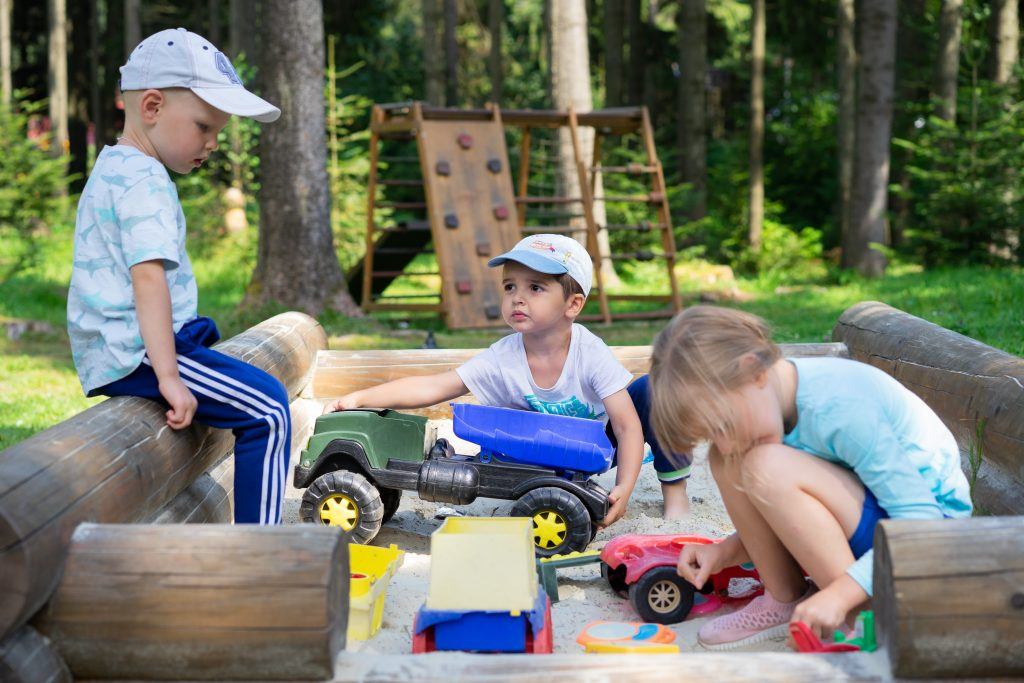Landscape design for child-friendly gardens
Landscape design for child-friendly gardens
Outdoor play is fundamental to the social development of every child and the garden is a unique and special place that offers a retreat into the natural world. Designing a garden for a school, nursery or playgroup – or simply breathing new life into the family garden – is a wonderful way to guarantee that every child has access to a safe and stimulating outside space, and to inspire creativity in children.

Landscape design sounds rather grand, but in essence this is what you’ll be doing if you’re designing a garden or an outside play space from scratch; it can be boiled down to the simple arrangement of plants and other objects in a manner that follows a pre-defined plan. Once you’ve embarked on your garden there aren’t really any hard-and-fast rules, but there are some basic considerations to bear in mind that could help you figure out where to start.
The fundamentals of garden landscape design
Whether yours is a large open space in the country or a compact urban garden in a city, the fundamentals to consider are the same.
There are eight basic principles of landscape design: unity, line, contrast and harmony, balance, transition, colour, proportion, and repetition. Consideration of these principles will help clarify what you can achieve with your garden and set you on your way to designing a beautiful outside space that’s perfect for creative play.
If you have a small space, decide upon your key requirements: where can children sit or gather; how much space do you need for toys and outdoor play equipment; would you like a space for flowers and plants and/or a separate area for a mud kitchen? Is your garden enclosed by a fence, wall or hedge?
If you have a spacious garden, think about how to best divide the space: do you want a separate vegetable garden, an area for the children to do some planting (check out our range of planters), a wooden den, bug hotel, climbing equipment? With more space to play with you can be bolder with scale.
If your outdoor space is lacking in inspiration, then start by enhancing any existing areas of interest: if there is a tree, then make it a focal point by introducing a seating area underneath. Use it for storytelling, eating lunches, group activities. With a little imagination your nondescript space can transform into an inspiring outdoor classroom.
Zoning off areas is a great way to create a space that serves different needs while giving purpose to each space. Whether it’s a play area, an open lawn or a children’s planting area, separating these spaces, via small timber sleepers for example, provides structure and balance to your garden.
Using straight lines, zones, balance and sensitivity to colour, light and shade, a garden that satisfies the needs of both children and adults can be achieved that incorporates the basic principles of good garden design while embodying the culture of your school/playgroup or your unique family values.
If you are a school, nursery or playgroup, we’d love to help you create your ideal outdoor play space. As well as our range of outdoor play equipment, we also offer a bespoke design service.
